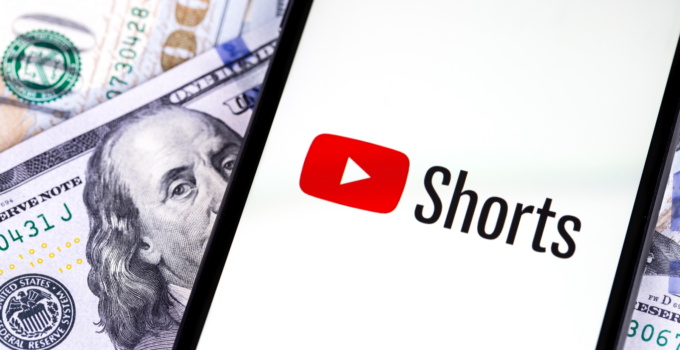If you’ve been exploring the depths of YouTube lately, you’ve most likely come across those vertical short clips, usually about 60 seconds long. They’re known as YouTube Shorts. If you’re reading this, you’re probably a short-form video creator.
Here’s something you should know:
You can monetize YouTube Shorts and earn more, in addition to ad revenue generated from long-form videos on the watch page.
Before you delve into making money from short-form content on YouTube, you need to know some vital things about Shorts monetization. Fortunately, this article explains everything you need about YouTube Shorts monetization. So keep reading to find out.
Page Contents
What Is YouTube Shorts Monetization?
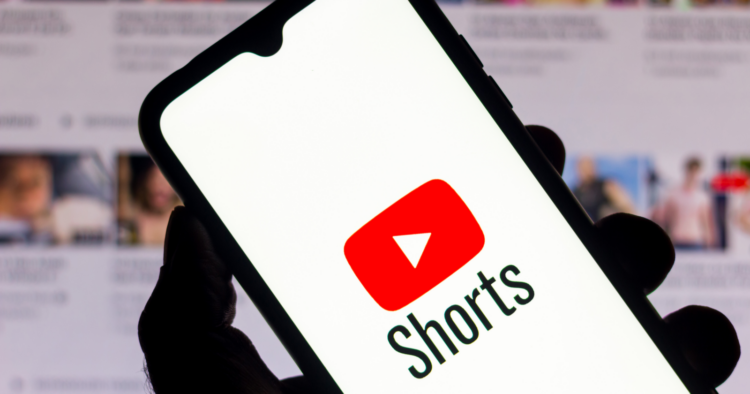
Source: searchenginejournal.com
If you’re active on other social media platforms, YouTube Shorts might remind you of Instagram Reels and TikTok videos. They’re YouTube’s answer to the call for short vertical videos recently gaining popularity.
Similar to other platforms like TikTok, Shorts offers an endless feed of short videos that are often engaging and keep viewers scrolling for hours. If short videos are getting so many views, it only makes sense that Shorts creators should make money from their content. That’s what YouTube Shorts monetization is about. It’s a way for YouTube Shorts creators to make money from their videos on YouTube. YouTube creators have the opportunity to not only earn revenue but also potentially create viral shorts captiavate audiences across the globe.
Shorts was first launched in the United States in 2021. Around that time, YouTube provided a monetization scheme called YouTube Shorts Fund, which allowed Shorts creators to earn money from Shorts videos.
The Shorts Fund lasted until 2022 and allowed creators to earn between $100 and $10,000 for their short-form content. In February 2024, however, YouTube launched a new revenue-sharing model to replace the Shorts Fund.
This revenue-sharing model involves earning money from ads shown between videos in the Shorts feed. However, it’s not as simple as it sounds. Some policies govern Shorts monetization, which we’ll get into that shortly.
But first, it’s worth noting here that earning money from the Shorts platform is not limited to ad revenue. This article also explains other channels you can use to monetize YouTube Shorts.
With that said, let’s dive into Short’s monetization policies for ad revenue and learn more about how to rank on YouTube shorts.
3 Things to Know About YouTube Shorts Monetization Policies
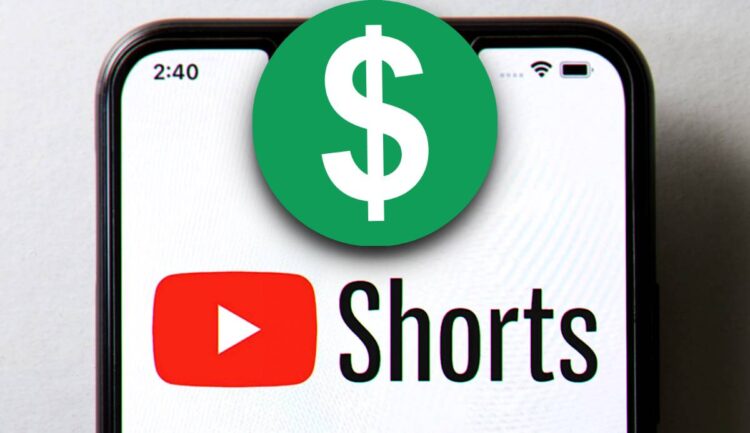
Source: techviral.net
Shorts monetization presents an exciting opportunity for creators to earn money from their creative endeavors. If you want to tap into this opportunity, you must comply with YouTube’s policies for Shorts monetization. So, here are three key points that summarize the monetization policies:
-
Shorts Functions Under the YouTube Partner Program
You need to join YouTube’s Partner Program to earn ad revenue from Shorts. But to join YouTube’s Partner Program, you must meet specific requirements including;
- Having 1,000 subscribers and 4,000 valid public watch hours in the past 12 months, or
- Having 1,000 subscribers and 10 million valid Shorts views in the past 90 days.
You must also follow the YouTube channel monetization policies, reside in a country/region supporting the Partner Program, avoid any community guidelines strikes, and have an active Google AdSense account.
Eligible creators can apply to join the YouTube Partner Program and if they get accepted, they can start generating ad revenue from both Shorts and long-form videos on the watch page.
-
Monetizing Partners Are Required to Accept the Shorts Monetization Module
Once creators join the YouTube partner program, they need to accept the Shorts Monetization Module to start earning from YouTube Premium and ads in the Shorts feed.
When you accept the terms of the module, all eligible Shorts views from that day on will be included in the Shorts ad revenue sharing. Remember that any Shorts views you accumulated before accepting the module won’t be eligible for revenue sharing.
-
Only Eligible Shorts Are Counted for Revenue Sharing
If you want to make money from Shorts views, you’ll have to follow YouTube’s advertiser-friendly content guidelines strictly. Shorts views that don’t meet these guidelines will be considered ineligible, and they won’t count toward ad revenue sharing.
Some of the reasons why your Shorts views might not qualify include:
- Sharing long-form content that you didn’t create yourself, such as another creator’s content and unedited clips from movies.
- Having Shorts views that don’t align with the required guidelines.
- Buying fake views to boost earnings.
How Does Shorts Ad Revenue Sharing Model Work?
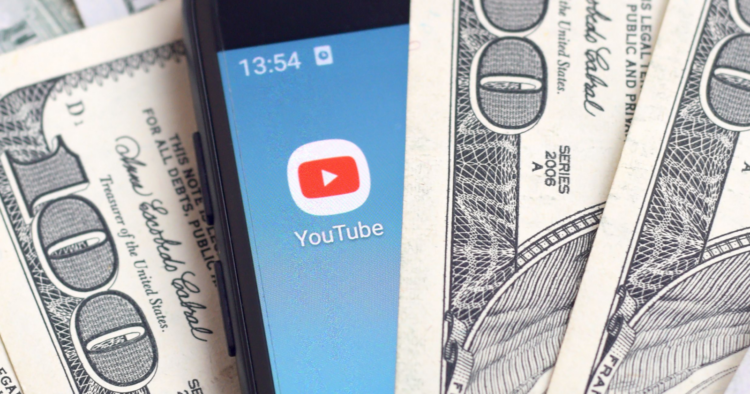
Source: searchenginejournal.com
If you know about revenue sharing for regular videos, you’d know that YouTube takes 45% of the revenue from a creator’s channel and pays 55% of the money to the creator. But when it comes to Shorts ads revenue sharing, things are different.
In essence, the money generated from ads appearing between Shorts is split between monetizing creators and music publishers for the song used in the Shorts, depending on the number of tracks.
Firstly, revenue generated from the Shorts feed is added together. Then, a portion goes to a “creator pool” based on the number of views they accrue and the use of music tracks on all Shorts.
This is how YouTube calculates the creator pool;
- When a monetizing creator posts a short-form video without using any music track, all the revenue from ads goes into the creator pool.
- In cases where the creator uses music to create the short video, a portion of the revenue goes into the creator pool, and some of it is paid to the music publishers. For example, if you use one music track for your video, half of the ad revenue goes to the creator pool, then the other half covers the cost of music licensing.
Then the money in the creator pool (after deductions for music usage) is shared among monetizing creators based on the number of views on their particular video.
For example, if you contribute 5% of the Shorts views for a particular period, you get a 5% revenue share of the creator pool. But the 5% revenue share doesn’t go to your pocket. YouTube keeps 55% of the revenue.
For context, your 5% revenue share amounts to $1000. The amount that gets to you as the creator after YouTube’s cut is $450.
So, whether or not you use music tracks, 45% of the Shorts revenue is what gets to you after all the necessary deductions.
How Much Can You Earn from Monetizing YouTube Shorts?
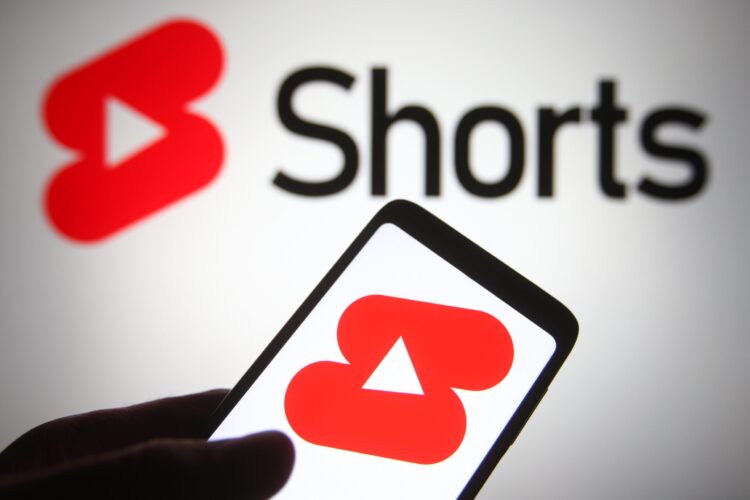
Source: tubebuddy.com
After joining the YouTube partner program, you might wonder how much monetizing creators can earn from the Shorts revenue.
Before you get too excited, you should know that short-form creators earn little from Shorts ad revenue sharing. That’s not impossible to make so much money from it; just a bit difficult.
Short-form creators reportedly earn $3 per 1000 views. But some YouTubers like Riley Lemon reported earning $76.23 with 1.9 million views—another creator, Matthew King, with over 4 million views, earned around $163. If you do the maths, it’s way less than $3 per 1000 views.
So, earning with ads from the Shorts feed might only be a solid way to make significant income if you’re consistently getting millions of views.
But don’t get discouraged by this. There are several other ways to monetize shorts specifically, other than via ad revenue.
3 Ways to Monetize YouTube Shorts
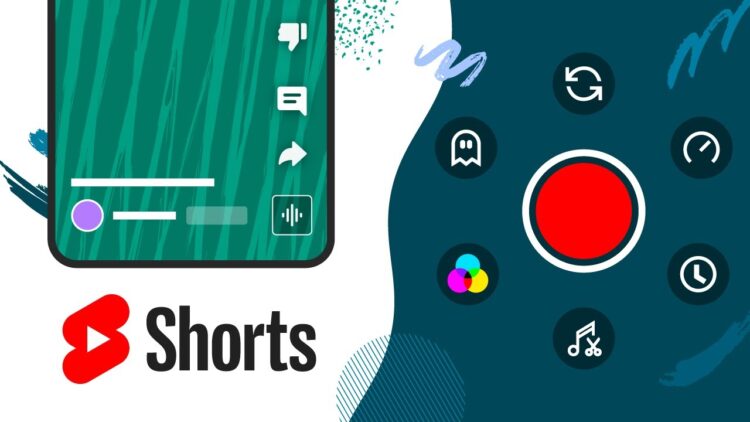
Source: blog.hootsuite.com
Meeting all the requirements to join the Partner Program can be challenging. Even when you enter the program, you may want more than your revenue share. The good news is that ad revenue sharing is one of several ways to monetize shorts.
So, here are three other ways to earn more:
-
Get a Brand Deal or Sponsorship
One of the most profitable ways to monetize Shorts is through brand sponsorships. It entails getting deals with brands to promote their products or services with your short clips for a fee.
The amount you earn from creating sponsored shorts depends on your videos’ popularity. If you have many views and subscribers, many brands will be interested in working with you, which translates to more money.
-
Sell Merchandise
With supportive fans, you can earn a lot from selling merch. Before you start, however, you need to think of a suitable product to trade based on your fanbase, create designs and move on to production.
Next, register on e-commerce platforms to quickly sell the product. The YouTube Shopping feature on YouTube Studio is excellent for this.
Just one little problem. You can’t place a link in your short clips. But there’s an easy fix for this. Just put the link on your profile and tell your viewers about the link.
-
Try Affiliate Marketing
Affiliate marketing is another gold mine for creators looking to earn money from Shorts. It involves selling a product via your video and getting a commission. That simple.
So, you can join an affiliate program, get a link to track your sales, promote the product in your videos, and direct viewers to the link which should be in your profile.
Expanding Your Earning Potential with YouTube Shorts
While YouTube Shorts ad revenue may seem limited compared to long-form videos, there are strategies to maximize your income. For creators with a passion for producing high-quality short-form content, it’s essential to explore multiple revenue streams beyond ad-sharing.
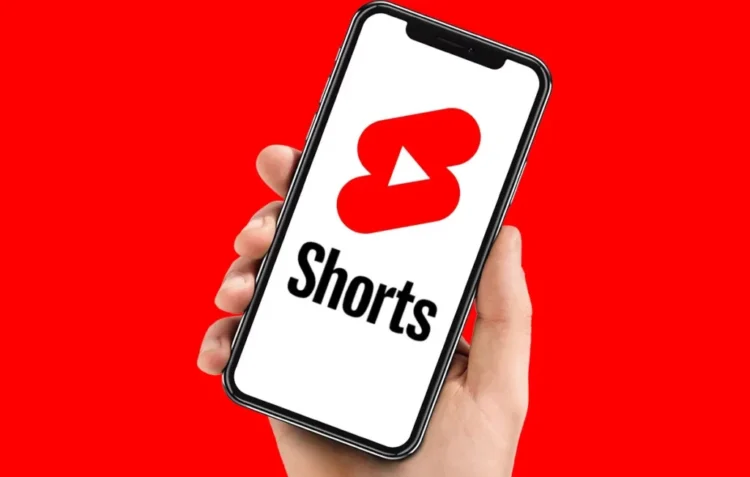
Source:socialpilot.co
Maximizing Growth and Monetization
Consistency is key when it comes to Shorts. Posting engaging content frequently increases the likelihood of building a dedicated audience, which is essential for leveraging opportunities like sponsorships, affiliate marketing, and merchandise sales. Additionally, using trending topics or participating in viral challenges can boost discoverability, leading to higher views and potential monetization through various avenues.
Cross-promotion across platforms also plays a significant role. Promoting your Shorts on Instagram, TikTok, or even embedding them on personal blogs can drive more traffic to your channel. This cross-platform strategy not only enhances visibility but also attracts brands looking for influencers with diverse audience reach.
Engage with Your Audience Creatively
Creators can boost earnings by fostering a sense of community among their viewers. Engage actively in the comments section, host live Q&A sessions, or create follow-up videos responding to viewer feedback. These practices cultivate loyalty, which translates into higher engagement and more potential sales from merchandise or affiliate links.
Looking ahead, YouTube is constantly evolving its monetization features. Staying informed about platform updates and policies ensures you can adapt quickly to new opportunities. With dedication, creativity, and strategic planning, your YouTube Shorts journey can go beyond passive ad income, becoming a sustainable source of revenue and influence in the digital space.

